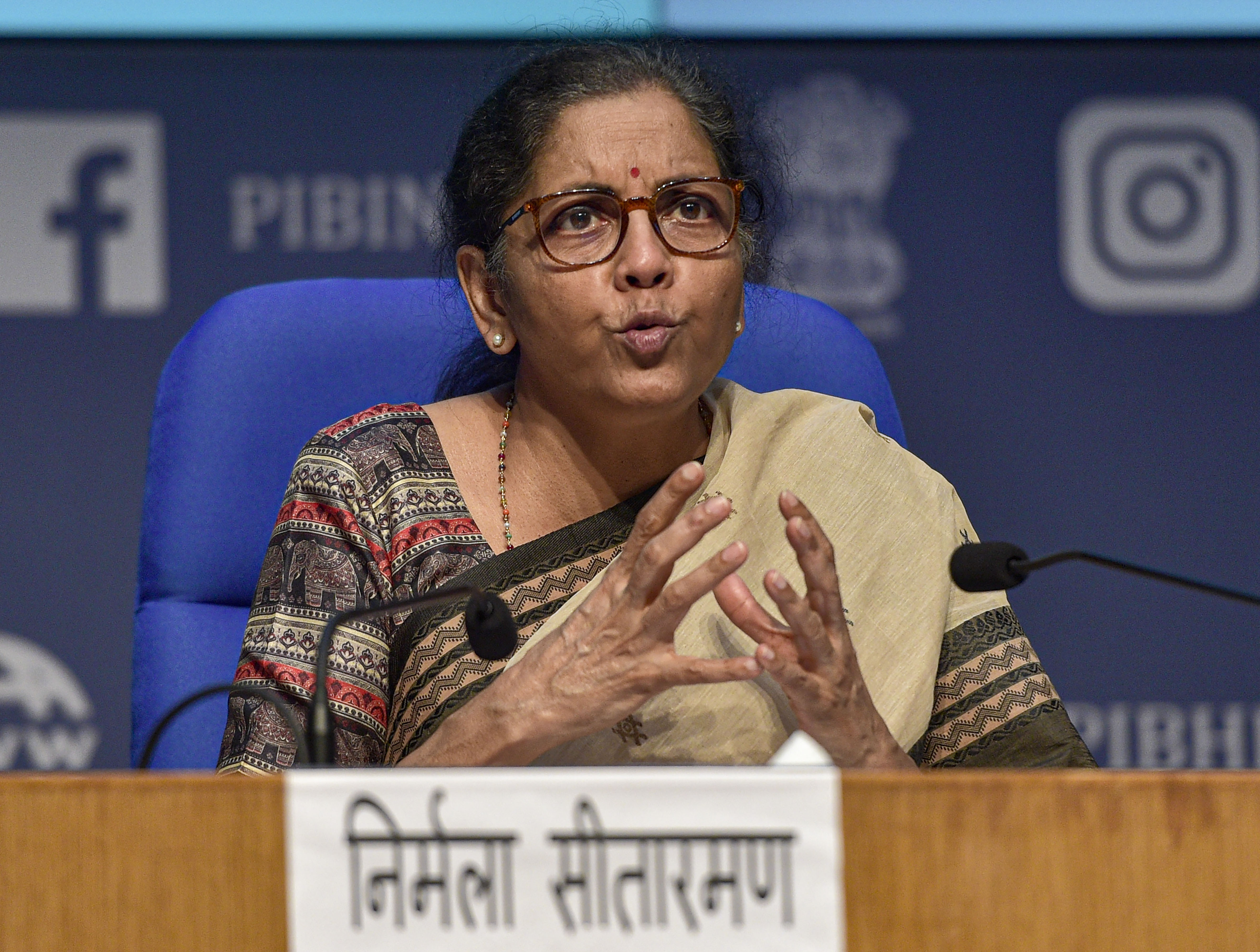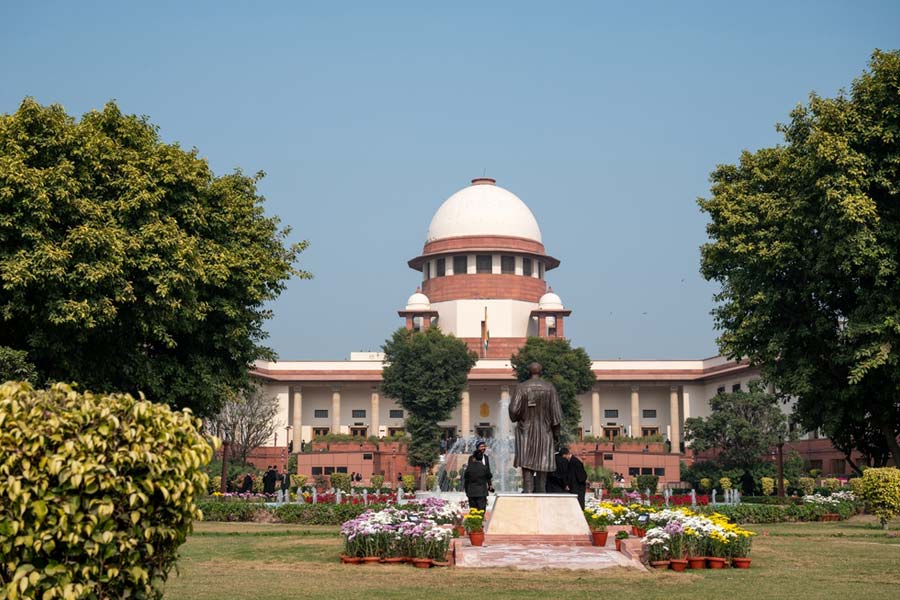Finance minister Nirmala Sitharaman on Saturday announced commercial mining of coal by the private sector, ending government monopoly on the sector.
In her fourth tranche of the economic package, she said commercial mining will be done on revenue sharing mechanism instead of the regime of fixed rupee/tonne.
Nearly 50 blocks will be offered for bidding, she said.
This is being done to reduce import of substitutable coal and increase self-reliance in coal production.
Also, the government will invest Rs 50,000 crore for building evacuation infrastructure.
Coal gasification and liquefication will be incentivised through rebate in revenue sharing, she said adding coal bed methane (CBM) production would also be encouraged.
She said focus of the fourth stimulus would also be on minerals, defence production, civil aviation sector, power distribution companies in Union Territories, space sector and atomic energy sector.
She said steps taken during the recent past include fast track investment clearance through an empowered group of secretaries.
Project development cell has been set up in each ministry to prepare investable projects and coordinate with investors and central/state government.
States are being ranked on investment attractiveness to compete for new investments, she said adding incentive schemes for the promotion of new champion sectors will be launched in sectors such as solar PV manufacturing and advanced cell battery storage.
As many as 3,376 industrial parts/estates/SEZs in 5 lakh hectares have been mapped on Industrial Information System (IIS).
All industrial parks will be ranked in 2020-21, she said.
Highlights of the reforms announced in eight sectors:
Coal
The FM said commercial mining on revenue sharing basis will be introduced in the coal sector, removing all government monopoly that exists now as part of several de-regulation initiatives. Incentives will also be provided to convert coal into gas. For example coal bed methane extraction will be auctioned. Rs 50,000 crore will be given to develop coal sector infrastructure.
Mining of minerals
A seamless composite exploration cum mining cum production regime will be introduced. 500 mining blocks will be offered through this mechanism. Distinction between captive and non captive mines will also be removed so that mining leases can be transferred.
Defence production
The government will notify a list of weapons and platforms which will not be allowed for import but obtained from India. The list will expand every year and indigenisation of imported spares will also be promoted. Improvement of ordnance supplies will be achieved through the corporatization of ordnance boards. Foreign Direct Investment (FDI) limit for defence manufacturing through automatic route will be raised from 49% to 74%.
Civil aviation
1. Airspace management: Only 60% of Indian Airspace is available now which will be rationalized. This will result in shorter travel time and routes saving fuel. An expected Rs 1,000 crore per year for the aviation sector will be generated from this, the FM noted.
2. AAI: Six more airports will be identified for second round of auction which the Airports Authority of India (AAI) will do on PPP (public-private partnership) basis.
3. MRO: Emphasis will be given on making India a global hub for aircraft MRO (maintenance, repair, overhaul). Aircraft component repair/airframe maintenance is projected to rise from Rs 800 crore to Rs 2,000 crore in three years.
Power sector
Power distribution companies in UTs will be privatised. This will be done in line with the new tariff policy to be released containing reforms on consumer rights, industry promotion sectoral sustainability
Social infrastructure projects
The government has made a provision for Rs 8,100 crore which will go as viability gap funding. Urgent requirements of infrastructure like hospitals across the country will be met by this through government and private undertakings.
Space research
The union government will make provisions for private space technology companies and start-ups to use ISRO resources for testing and other activities. Private sector will also be able to work on space exploration and travel. A liberal geospatial data policy will also be introduced.
Atomic energy
There shall be a research reactor under the PPP mode to produce medical isotopes, e.g those used in cancer treatment. Facilities will also be established in PPP mode to use irradiation technology for food preservation.
Earlier this week, Prime Minister Narendra Modi announced a cumulative package of Rs 20 lakh crore, nearly 10 per cent of GDP, to provide relief to various segments of the economy battered by the nationwide lockdown in the wake of the coronavirus pandemic.
While this included the March 27 announcement of Rs 1.7 lakh crore package of free foodgrain and cash to poor for three months and RBI's Rs 5.6 lakh crore worth of monetary policy since March, the government in three tranches over the last three days announced a cumulative package of Rs 10.73 lakh crore.
The measures announced have largely been about liquidity with negligible extra budget spending.
The three tranches provided for a variety of steps for small businesses, street vendors, farmers and poor migrants as well as shadow banks and electricity distributors, but they have largely been either credit guarantee schemes or new fund creations to be shouldered by banks and financial institutions.











